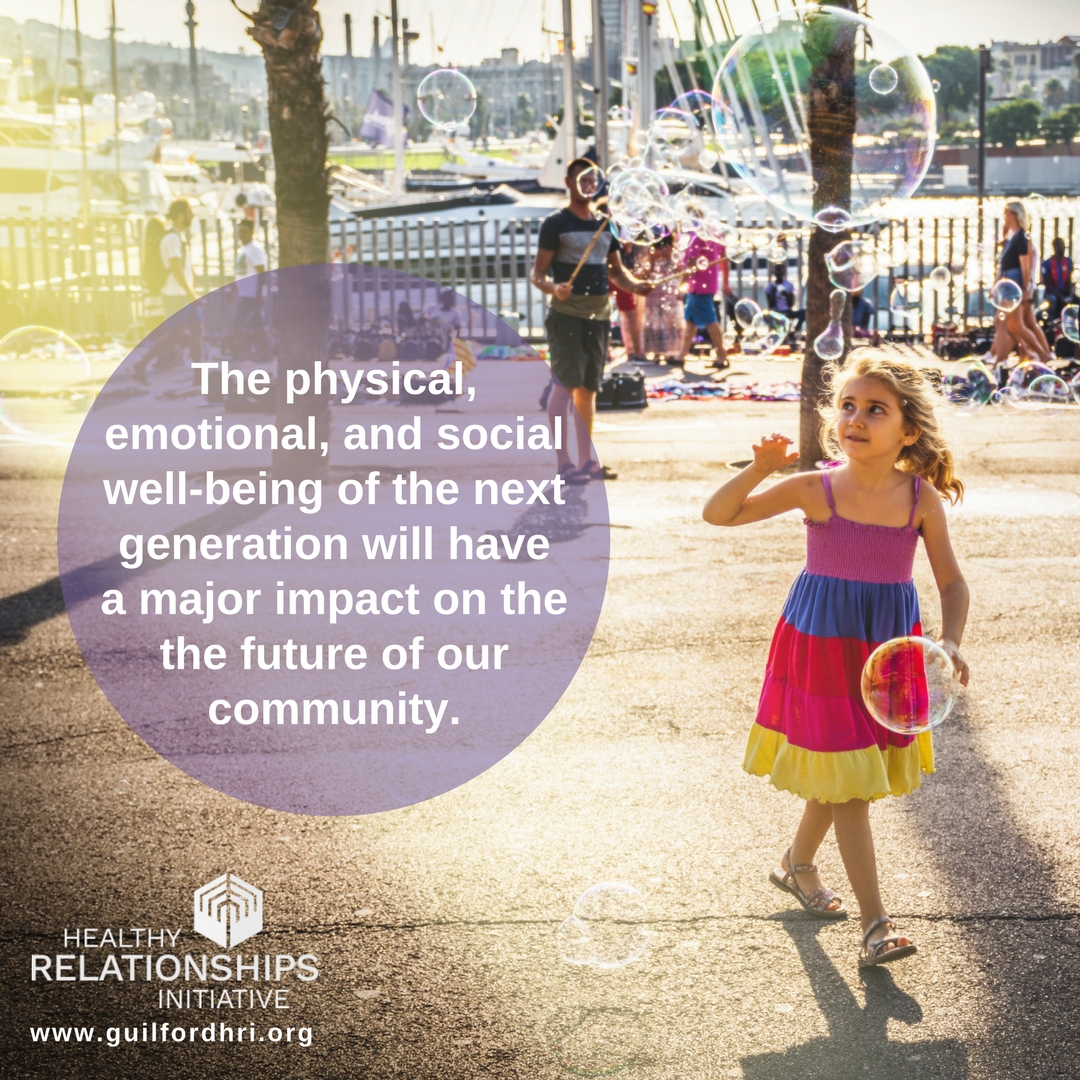
Let’s Commit to Continuing to Work
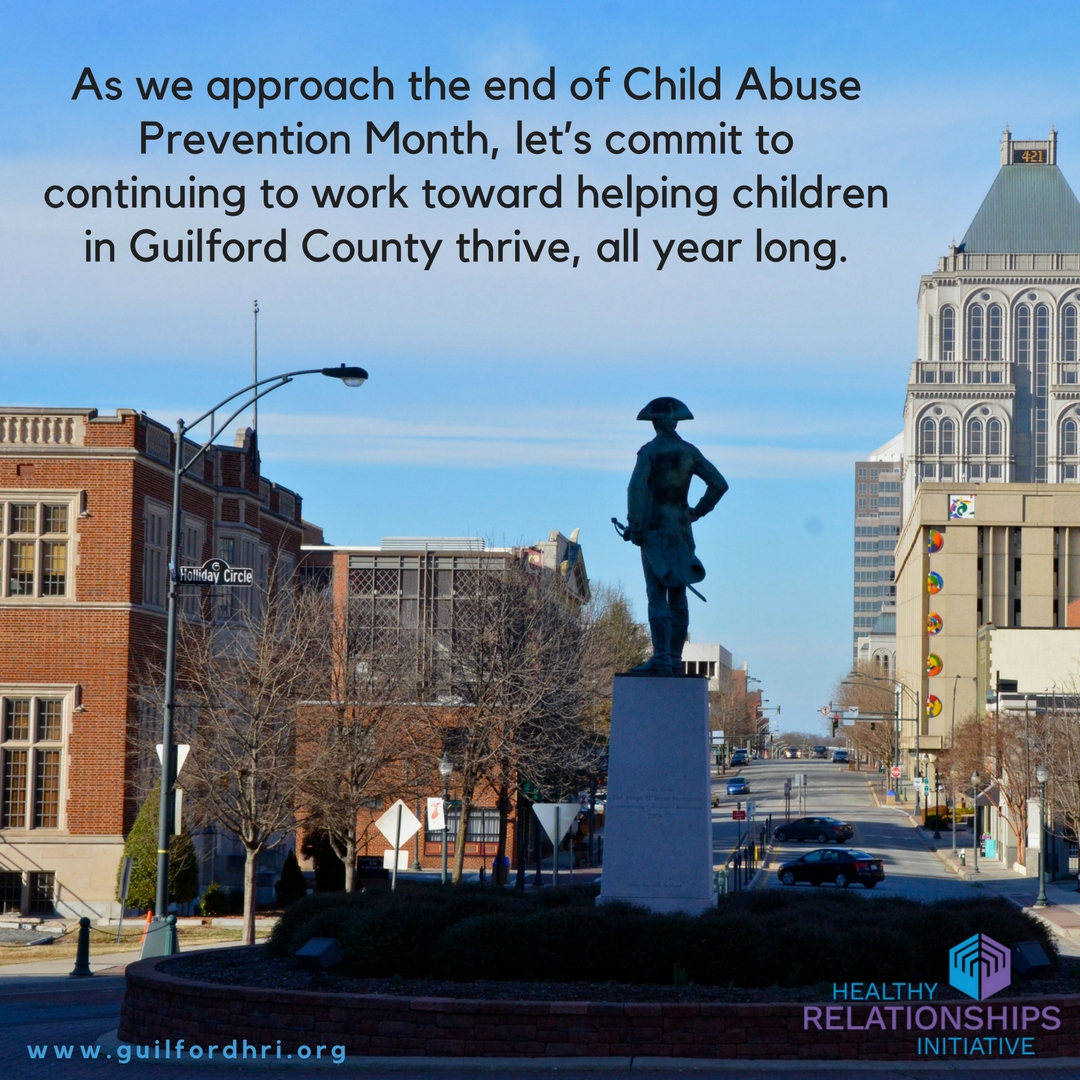
The Ultimate Buffer
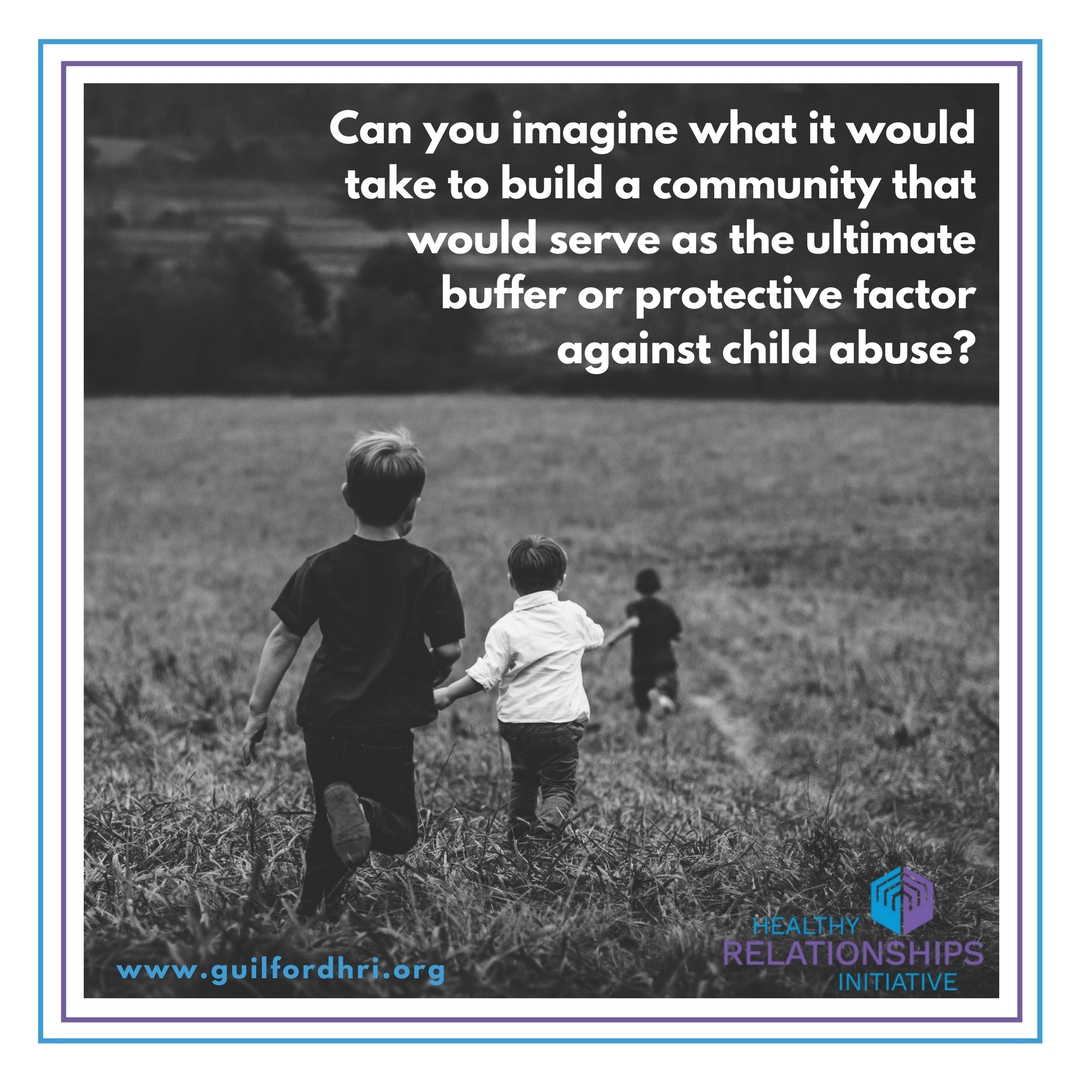
Economic Stability
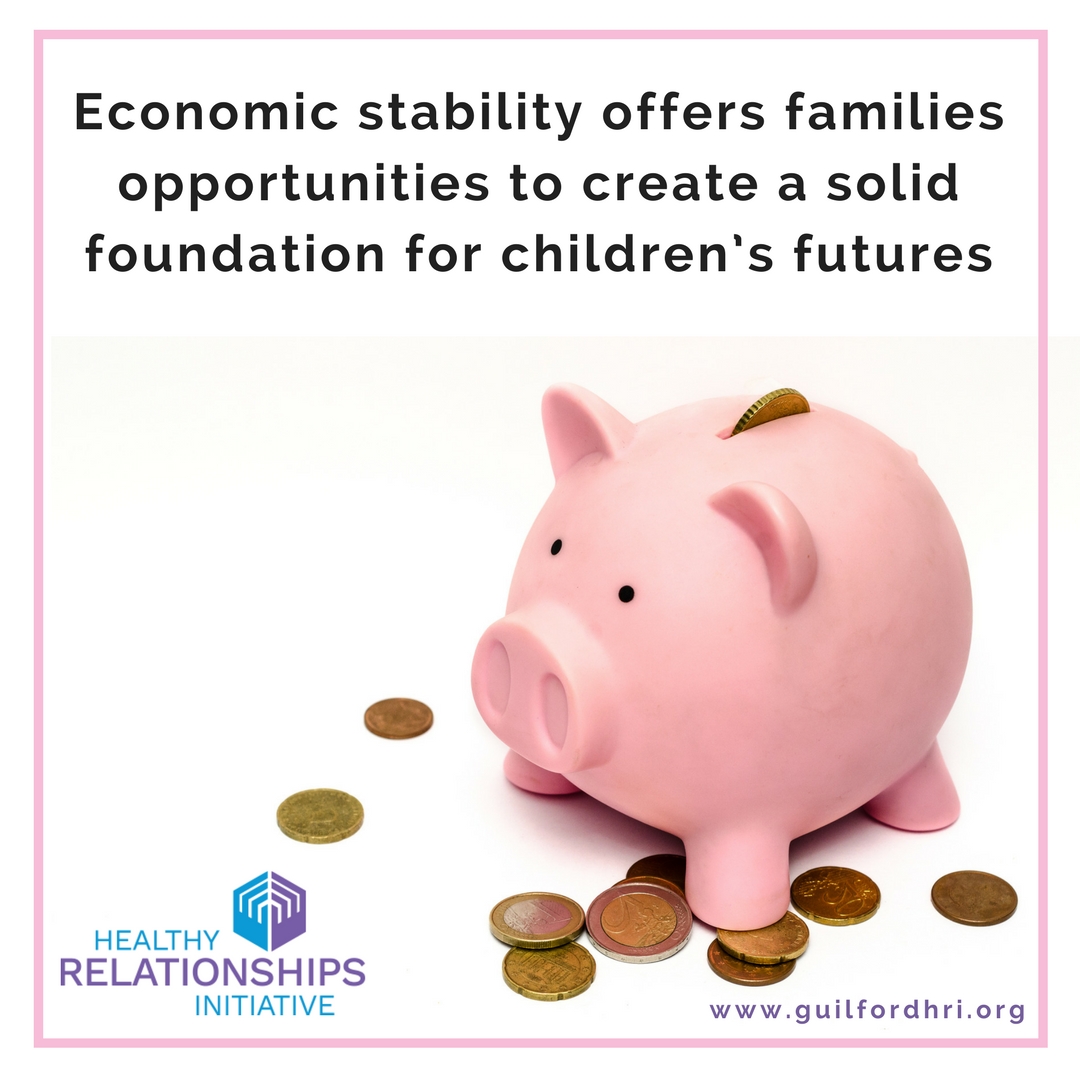
Building a Thriving Community to Make Guilford County a Nurturing Community for ALL Children

By Christine Murray, HRI Director
What would it look like for Guilford County to be a community that provides a safe, nurturing environment in which all children can thrive and grow into their potential? Can you imagine what it would take to build a community that would serve as the ultimate buffer or protective factor against child abuse? The safety, health, and wellbeing of every single child would be at the top of our shared priorities. Let’s imagine five of the bold moves we’d need to make to move this from a vision to reality:
- First, we’d need to make children’s safety one of our top priorities and ensure that all children had safe homes, neighborhoods, and schools that were free from any forms of violence and abuse–including physical and sexual violence, emotional abuse, neglect, bullying, and cyberbullying.
- Second, we’d build greater economic opportunities for parents to achieve financial stability, including meaningful work and adequate financial resources to provide for their families. Financial stressors can take a major toll on families, whereas economic stability offers families opportunities to create a solid foundation for children’s futures.
- Third, schools and all other organizations that serve children and their families would have adequate resources to provide support that families need to thrive. Local businesses, volunteer organizations, faith communities, colleges and universities, and individual donors would offer financial, volunteer, and other needed support to ensure that the needs of local children and families are being met.
- Fourth, parents and caregivers would be supported in growing their knowledge and skills to help them be the most effective parents they could be. Parent education programs would be mainstream resources that are available to all.
- Fifth, community norms would hold problems and challenges as a natural, normal part of life, making it easier for people to admit when they’re struggling and in need of help. People who feel no shame in seeking help, but rather they would feel proud of themselves for taking steps to make a better life for their families.
Perhaps these bold moves seem overly idealistic to you. Perhaps the type of community I described above–one in which all children can thrive in a safe, nurturing environment–seems too difficult to attain. In truth, no one person will be able to build this community on his or her own. However, we can work together as a community and make this type of community a top priority for Guilford County. All children in our community deserve a chance to thrive. As we approach the end of Child Abuse Prevention Month, let’s commit to continuing to work toward helping children in Guilford County thrive, all year long.
It’s Normal to Face Problems
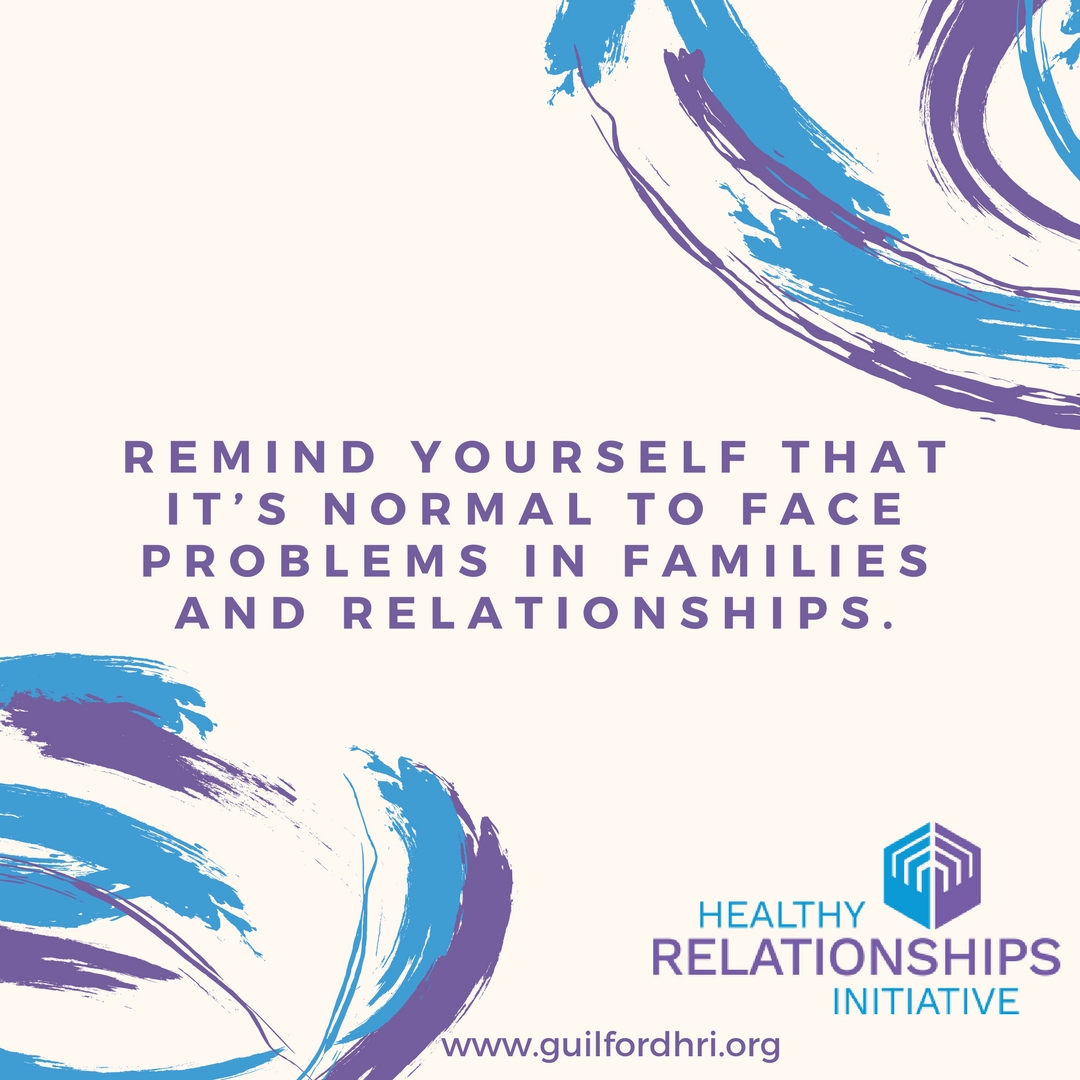
Today’s Social Media-Infused Society

Connecting to Resources and Support

By Christine Murray, HRI Director
Isn’t it strange how hard it can be to admit when you’re struggling? On one level, we all know that life can be very difficult, and everyone faces problems and challenges at times. And yet, when it’s us who is facing a problem, it can feel so embarrassing and shameful. We’re often so forgiving and caring for others who are facing problems, and then we turn around and are really hard on ourselves when we’re facing hard times in our lives.
In today’s social media-infused society, the pressure to appear like you’ve got it all together can be intense. It’s hard to admit you’re struggling when everyone else seems to have the perfect life. People often post on social media about their positive experiences, so we can easily forget that they’ve probably got some challenges they’re facing, too.
As hard as it can be to admit when you’re struggling, it can be even more difficult to admit that you need help. This can lead people to delay reaching out for help, if they ever do so at all. According to noted marriage researcher, Dr. John Gottman, the typical couple waits six years from the time they start experiencing problems to reach out for couple counseling. Six years! Can you imagine how much more difficult it is to solve a problem after it’s grown for six years, compared to when couples reach out for help earlier?
Access to support and resources serves as an important protective factor against child abuse because it allows parents and families to have support before problems can spiral out of control. Although some parenting and family problems do go away on their own, problems often become worse if they’re not addressed, especially when secondary problems arise as persistent problems take their toll on the family.
To increase the access that parents, caregivers, and families have to supportive resources in our community, consider the following steps at the family, organizational, and community levels:
In the family:
- Overcome your fears about admitting when you’re struggling or when you need help. You don’t have to broadcast your problems to everyone you know, but consider reaching out for help to a few trusted friends and/or professionals in the community. Find people who will respond to you without judgment. If you’re met with an unhelpful response, don’t be afraid to look for support elsewhere.
- Remind yourself that it’s normal to face problems in families and relationships. Challenge any beliefs you hold that lead you to believe that other people have it all figured out and that you’re strange or different because you’re facing problems.
- Learn about the organizations in our community that are available to offer help and support to parents, caregivers, and families. Even if you don’t need those resources now, it’s a good idea to be prepared with knowledge about where to reach out if you or someone you know needs help.
In organizations that serve children:
- Take time to consider the accessibility of the services provided by your organization and other organizations with whom you work in the community. Is it easy for families to learn about the resources and services you provide? Is it clear how families can contact you to access those resources? Consider ways to increase your visibility in the community to make it easier for parents and caregivers to find and access your resources.
- Remember how hard it can be for parents and families to reach out for help. Greet everyone who calls or enters your doors with a friendly, reassuring response, keeping in mind that it may have been very difficult for them to reach out to your organization. Congratulate people who are reaching out for help on taking an important step toward a better life for them and their children.
In the broader community:
- Challenge social messages that suggest it’s weak or embarrassing to reach out for help. If someone you know is struggling, let them know how much courage it’s taken for them to reach out for help. Offer to help them connect with helpful resources in the community to address their situation.
- Advocate to remove barriers to local parents, caregivers, and families that make it more difficult for them to access services and resources they need. We have a wealth of resources for supporting relationships and families in Guilford County, but many people face barriers to accessing those services. Let’s all continue to work together to make it easier for everyone in our community to access the helpful services and resources they need.
Courage to Reach Out for Help
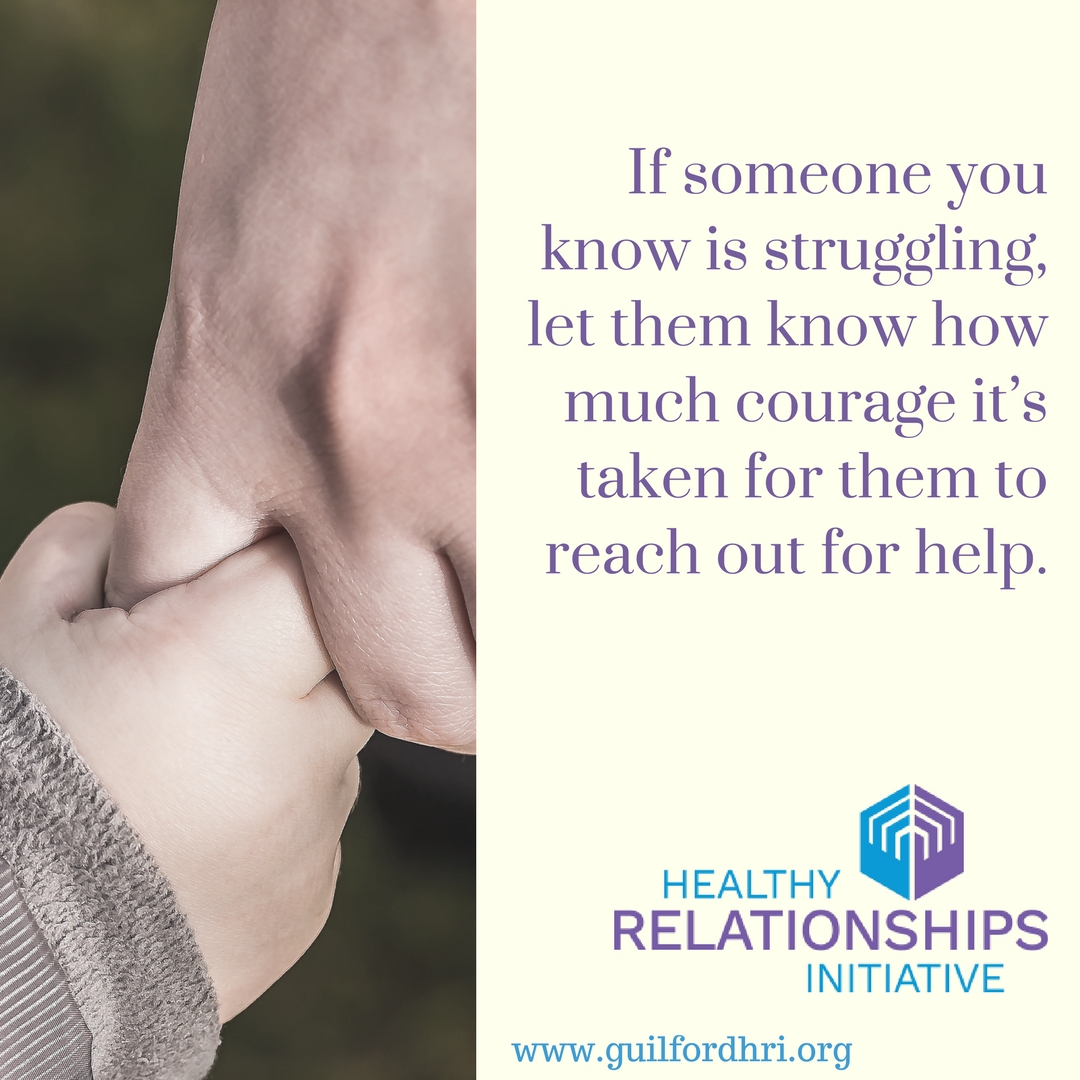
The Well-Being of the Next Generation
